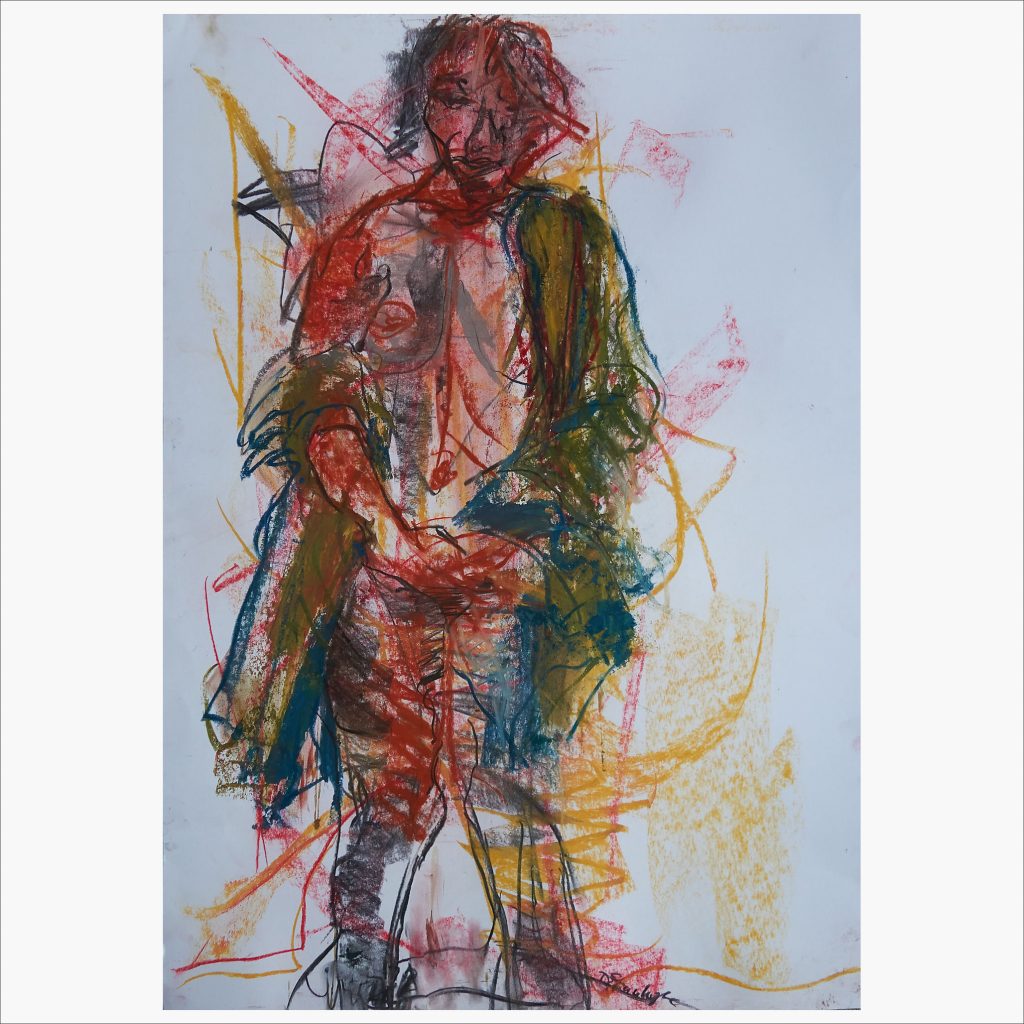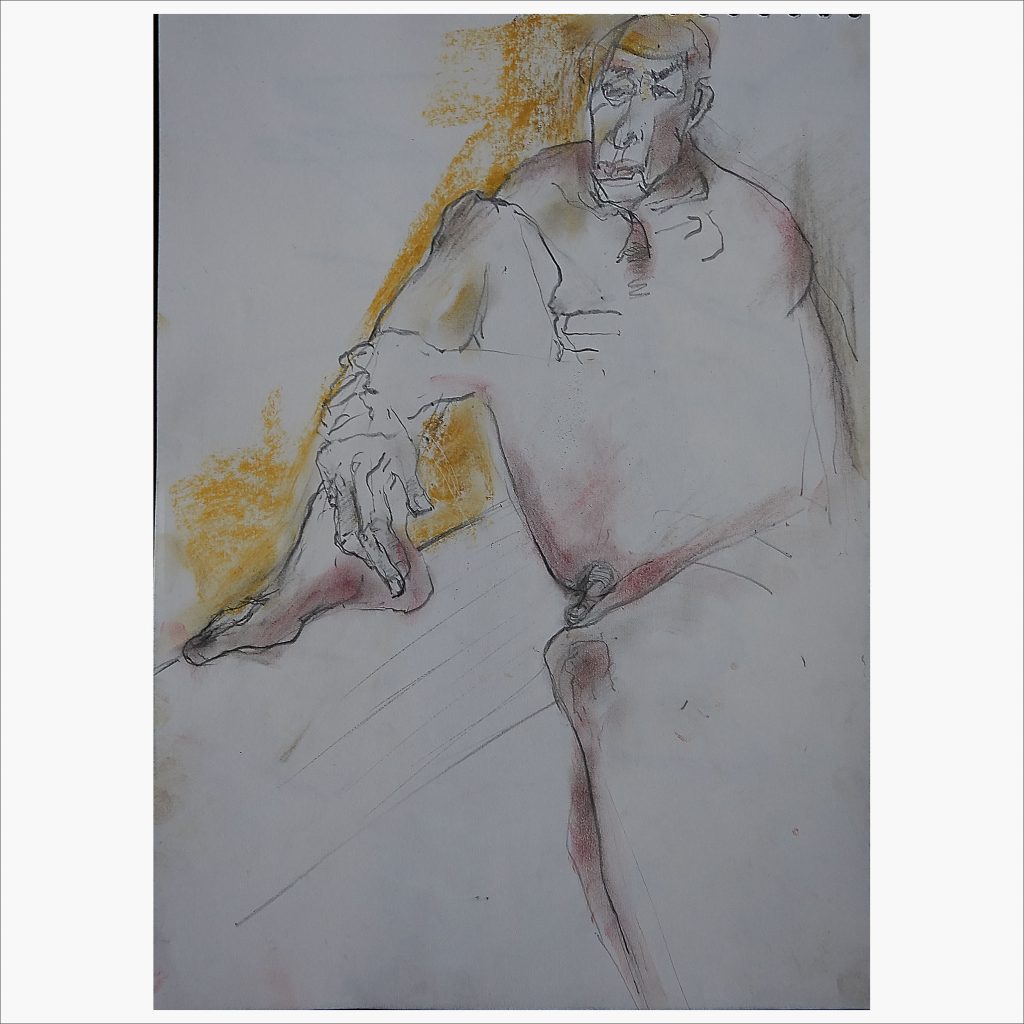Reflections on Life Drawing III: Naked or Nude?
While washing my hands in the model’s makeshift “changing room” (really just the toilet), she walked in and started getting dressed. I quickly apologised, saying I’d be out in a moment. Just as she was about to step into her polka-dot knickers, she burst out laughing: “I always find it funny when artists apologise for walking in on me getting changed. You’ve already seen me in the nude!”
Her comment set me thinking about those well-worn debates around nakedness and nudity in art. John Berger’s ‘Ways of Seeing’ and Kenneth Clark’s ‘The Nude: A Study in Ideal Form’ are often referenced in this territory, each offering insights into how we differentiate “being naked” from “being nude” in the context of the studio.
In practice, of course, the boundaries are often more fluid. During a typical life-drawing session a model, male or female, will usually wrap themselves in a robe during breaks. I remember one occasion when a male model, utterly at ease in his own skin, sat down for a coffee break without bothering to cover up. A ripple of unease ran around the group, not because he was being exhibitionist (they rarely make good models) but because he seemed indifferent to that invisible line between the professional nudity of modelling and the personal nakedness of drinking coffee alongside us.
So briefly what’s the difference between nakedness and nudity?
When we talk about being naked versus being nude, especially in the context of art and models, we’re really talking about two different experiences. Nakedness feels raw and natural, it’s just being without clothes, unguarded and fully yourself, tied to honesty and vulnerability. Nudity, though, has a performative edge. It’s about being seen, intentionally stepping into a role for an audience. That’s what happens when a model enters a studio: they shift from private nakedness into posed nudity. In that moment, their body isn’t just a body, it’s transformed into a vehicle for ideas, ideals, and artistic interpretation.
Artists’ models often feel that being described as “nude” places them within a formal artistic context. This term tends to foster a sense of professionalism and distance, allowing many models to adopt the role of subject rather than feeling personally vulnerable as they would if described as “naked”. Within this framework, the experience can shift towards collaboration and mutual respect between model and artist. It’s worth mentioning too that whether the experience is empowering or challenging for the model often depends on the intentions of the artist, the atmosphere in the studio, and the language chosen to describe the model’s participation.
The response I mentioned earlier at the opening of this post, shows a model who seems gloriously unbothered by the whole business, whether dressed or undressed, she doesn’t appear to draw a line between the two. No fluster, no fuss, no hint of vulnerability. It’s body positivity in its most effortless form, the kind that makes you think, ah yes, that’s what self-assurance actually looks like when it’s not being hashtagged into existence.
And here’s a curious thought: step away from the art world and straight into the doctor’s surgery, where our relationship with nakedness suddenly transforms. There you are, shuffling behind a flimsy screen, attempting a quick-change act with all the grace of a reluctant contortionist. Moments later, you’re perched on a paper-covered bench, baring all (sometimes literally) to your GP. Privacy? Only up to a point. Vulnerability? Sky-high. It’s funny, isn’t it, how being without clothes can feel so radical in one space, yet so utterly clinical in another.

